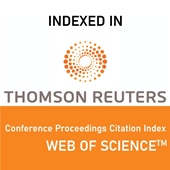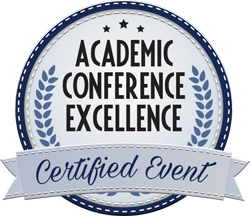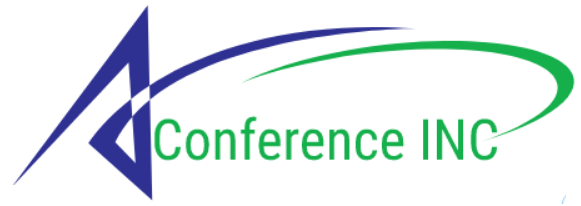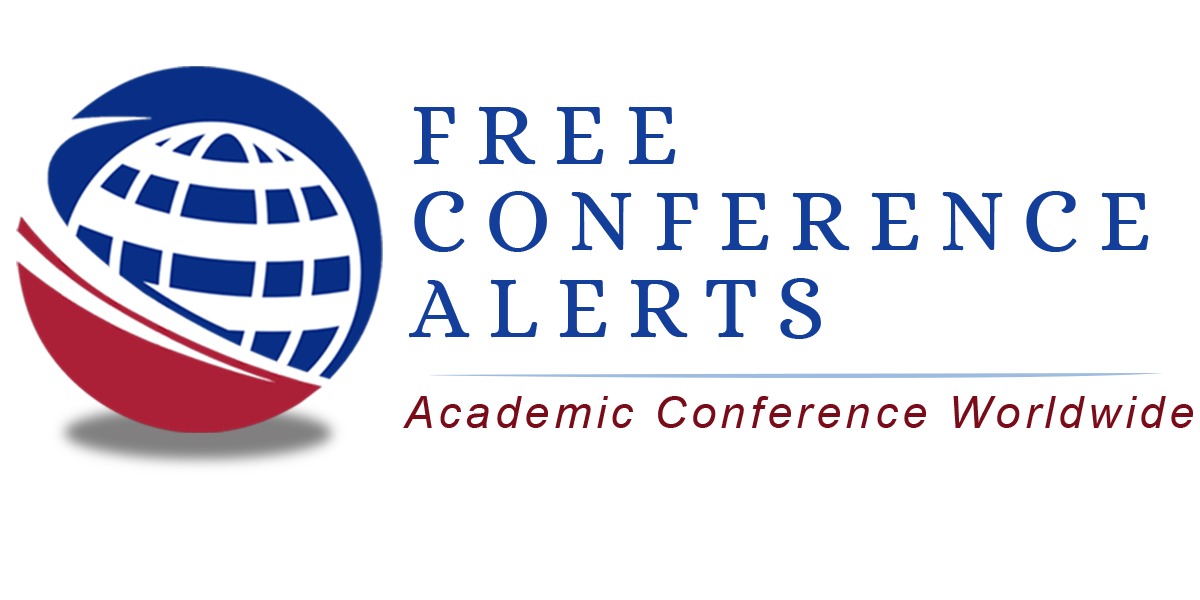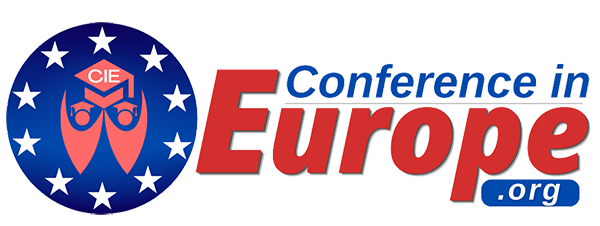Fostering Increased Student Learning in a High Need School in Southern California: A Case Study of Successful School Leadership
Betty Alford, California State Polytechnic University - Pomona (United States)
Abstract
In the US, the academic performance of students in high need schools have often pointed to an opportunity gap compared with students attending schools in affluent areas (Education Trust-West, 2018). Although multiple case studies have identified that successful school leaders can influence increased learning in diverse and challenging contexts (Barnett & Stevenson, 2016; Gurr, Drysdale, Longmuir, & McCrohan, 2019; Murakami, Gurr, & Nottman, 2019), additional studies are needed to illuminate specific beliefs, practices, and processes that facilitate school improvement in high need contexts (Murphy & Seashore Louis, 2018). For the past ten years, the International School Leadership Development Network (ISLDN), which is a network of international educational administration professors, have engaged in study of successful school leadership in high need schools in a global context (Barnett & Stevenson, 2016). This study extends the work of this network in considering a dual language school in the US that has implemented highly successful improvement processes. The purpose of this case study was to identify the beliefs, practices, and processes that influenced increased student learning and a positive school culture in a high need school in southern California using the protocol of the ISLDN (Baran & Berry, 2015). Through multiple data sources of on-site interviews, observations, and document analysis, beliefs, practices, and processes of successful school improvement were identified. This knowledge is beneficial in promoting the educational goals of increasing student learning in high need contexts. The findings illuminated the educational leader’s focused actions that resulted in increased opportunities for students who have traditionally been underserved.
Keywords: School Improvement, Dual Language Principal Leadership, High Needs Schools.
References:
[1] Baran, M. L. & Berry, J. R. (2015). The international school leadership development network (ISLDN). High needs schools group research protocol and members’ guide. Washington, DC: ISLDN and UCEA/BELMAS
[2] Barnett, B. G. & Stevenson, H. (2016). Leading high poverty urban schools. In S. Clarke & T. O’Donoque (Eds.), School leadership in diverse contexts (pp.23-42). Oxfordshire, UK: Taylor and Francis.
[3] Education Trust-West. (2018, April). National assessment of educational progress (NAEP) 2017 results. Retrieved from https://west.edtrust.org/resource/national-
assessment-of-educational-progress-naep-2017-results/
[4] Gurr, D., Drysdale, L., Longmuir, F., & McCrohan, K. (2019). Successful school leadership that is culturally sensitive but not context constrained. In E. Murakami, D. Gurr, & R. Notman (Eds.), Educational leadership, culture, and success in high-need schools (pp. 25-44). Charlotte, NC: Information Age Publishing, Inc.
[5] Murakami, E., Gurr, D., & Notman, R (Eds.) (2019). Educational leadership, culture, and success in high-need schools. Charlotte, NC; Information Age Publishing.
[6] Murphy, J. F. & Seashore Louis, K. (2018). Positive school leadership: Building capacity and strengthening relationships. New York, NY: Teachers College Press.
 The Future of Education
The Future of Education
